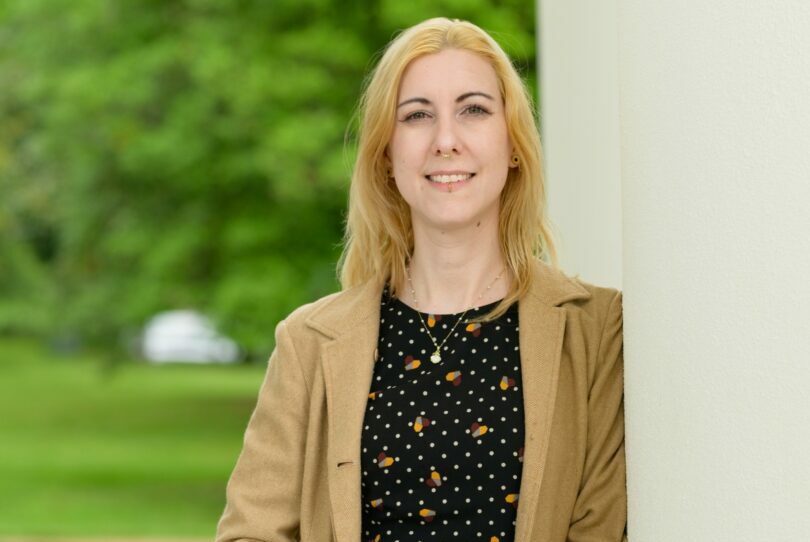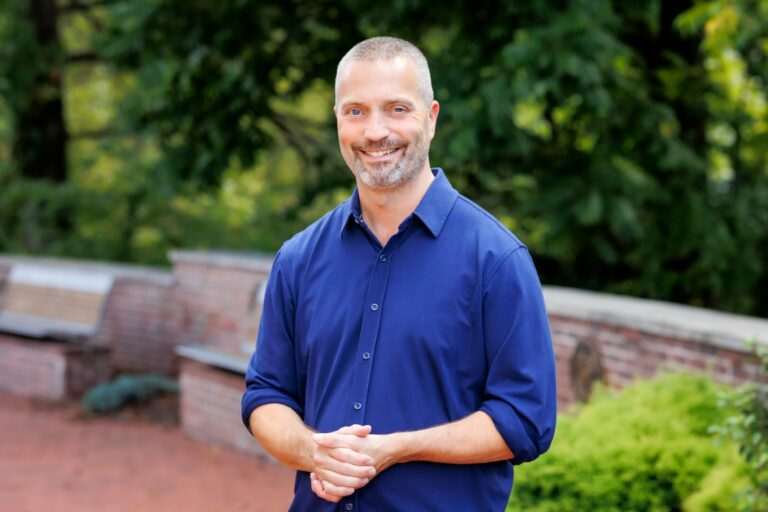We were lucky to catch up with Chas Martin recently and have shared our conversation below.
Chas, thank you so much for taking the time to share your lessons learned with us and we’re sure your wisdom will help many. So, one question that comes up often and that we’re hoping you can shed some light on is keeping creativity alive over long stretches – how do you keep your creativity alive?
I break things. Rules. Objects. Traditions. I need to know why things work and how they might work differently. I love being surprised as much as I enjoy surprising others. Life is serious. Creativity isn’t.
However, I believe our focus on creativity misses the mark. Imagination comes first and is the creative trigger.
Here’s the difference between the two. Imagination is the realm of unlimited possibilities and impossibilities. Our imagination can and will conjure anything. That’s its job. It presents opportunities that require creativity for resolution. Imagination is visualization. Creativity is realization. It’s how we turn invisible into tangible.
This is not a linear process. Think mental ping pong. We bounce between imagination and creativity many times in the pursuit of the best solution.
The brain excels at pattern matching. When we discover new information, we immediately compare it to what we already know, then categorize that information appropriately. When confronted with a problem, we match similar experience patterns to find a proven solution. If the solution is obvious, it’s not the most creative choice. If we delay accepting a solution, the creative brain generates one alternative after another. Patience produces a parade of solutions, some workable, many impractical. Now you’re back in the realm of imagination. The cycle continues. The way to kill creativity is to disregard the impossibilities offered by your imagination. To keep creativity alive, be open to all impossibilities, improbabilities and impracticalities. That’s how great ideas are born.


Appreciate the insights and wisdom. Before we dig deeper and ask you about the skills that matter and more, maybe you can tell our readers about yourself?
About 10 years ago I morphed from a traditional watercolor painter to sculptor. It set my imagination free. Sculpture engages you spatially. Unlike a two-dimensional image that looks like something, a sculpture IS something. You can touch it, explore it from different angles and perspectives. The interaction of form and space creates suspense that challenges you to experience the form through one space and then through another.
A three-dimensional piece requires more of the creator too. It can address bigger concepts. Sculpture expands my imagination and taunts my curiosity. Through sculpture I explore anthropology, psychology, and metaphysics. My themes are transformation, human behavior, relationships, reality and the nature of being.
While each of my sculptures suggests a narrative, it’s the viewer’s interpretation that matters most. Everyone sees differently – a reflection of their own experience and connotations.
The work of Rene Magritte has inspired me. He presents us with unanswered questions. The result is magnetic. There is no obvious pattern to categorize his imagery. Your brain is forced to consider one possible interpretation after another. The longer you are engaged, the more committed you become to understanding it. I attempt to create a similar experience with my work. I am not trying to tell my story. I am presenting archetypal symbols or situations that will reflect our story. Your exploration reveals the archetypal experience that we individuals share as a community, as a society, as humanity.


Looking back, what do you think were the three qualities, skills, or areas of knowledge that were most impactful in your journey? What advice do you have for folks who are early in their journey in terms of how they can best develop or improve on these?
There are no shortcuts. Just do the work. You learn nothing from victories and everything from mistakes. So, don’t beat yourself up over failure. Appreciate what you have learned and push forward. Three qualities I believe are essential:
Curiosity. Question everything. Not just everything around you but your reaction to it. Your solution has to reflect your unique perspective and experience. When I explore a new concept, each sketch is subjected to three questions: What if? What else? Why not? The answers help shape the next sketch. And I ask those questions again. And again. That inquiry continues through the execution phase as well. The insights while in progress help make each piece unique.
Tenacity. Know that you are the only one who can see what you see and express what you feel. Your first attempt may not be your best. Push yourself to explore further. My personal goal is to make each piece better than the previous by some measure. As it develops, if it isn’t moving to that next level, I wait, sometimes for months until I see the solution. This goes back to the visualization/realization cycle I mentioned earlier. If it doesn’t represent you or your best work, don’t give up. Do it again.
Authenticity. Be true to your own vision. My work doesn’t fit into any category. I’m happy with that. My responsibility is to pursue the concept and not worry about fitting into a box. The goal is to create distinctive work. Follow your own path. Art is the process. The end product is simply a record of your journey.


Awesome, really appreciate you opening up with us today and before we close maybe you can share a book recommendation with us. Has there been a book that’s been impactful in your growth and development?
I read constantly. My choices are varied but mostly fact-based. Audio books are good brain food when in my studio. A great book I discovered last year is “The Creative Act: A Way of Being” by Rick Rubin. He is much more than a successful music producer. Rubin is both a student and high priest of the creative process. In very concise chapters he addresses all the nuances that turn ideas into greatness. It is a wise, brilliantly conceived, articulately written and thoroughly inspiring work.
The message is simple. Trust the process! That is an oversimplification. The book is loaded with wisdom.
I was skeptical at first as I usually am with books on creativity. Most are worthless. This is a must read. The audio book is read by the author. Even better!
Contact Info:
- Website: https://www.ChasMartin.com
- Instagram: https://www.instagram.com/chasmartinart/
- Linkedin: https://www.linkedin.com/in/chasmartin/


Image Credits
Me and My Shaman photographed by Mitra Sahebi
All others shot by myself.
so if you or someone you know deserves recognition please let us know here.




